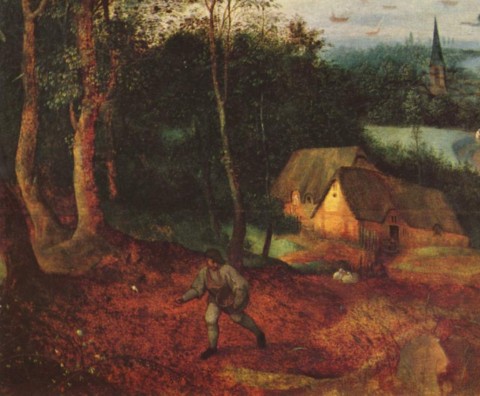Seeds and sowers: A congregation confronts a parable

The Bible has the power to generate new meaning in new contexts and thereby to affirm both unity and diversity in communities whose members engage one another around the text. To show students this way of engaging biblical literature, I often show them clips from a television series hosted in the 1990s by Bill Moyers, "Genesis: A Living Conversation." Each of its one-hour sessions brought a handful of people together to focus on a single short story from Genesis. They sat in a circle and talked about the story, keeping their comments and questions grounded in the details of the text.
One gets the feeling from the conversation that there are just as many versions of the story as there are people in the room. Nevertheless, the different voices stay connected through respectful, even if contentious, conversation. At the end there is no final word on what the story means. But there is a richer, deeper appreciation for the biblical story, for the questions it raises and for how those questions relate to the experiences of the participants.
Last year our church developed an adult education program inspired by the "living conversation" model. Around the same time, my wife, Clover, and her pastoral colleague, John Lentz, began asking how they might bring some of the same participatory spirit of biblical interpretation into the worship service. Could they get away from the traditional, one-way mode of sermonic communication, in which the preacher tells the congregation what she or he believes the Bible is saying, and they passively receive it?


